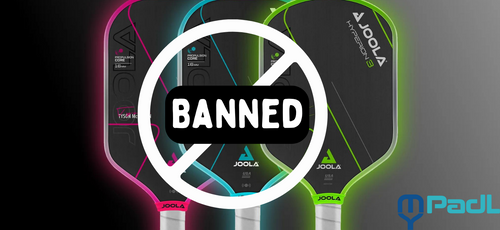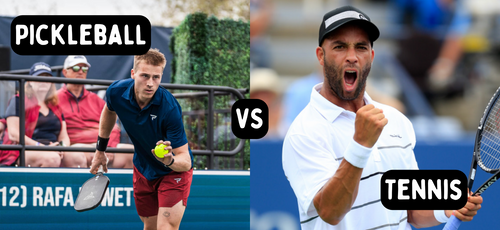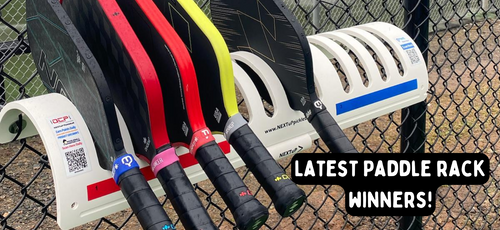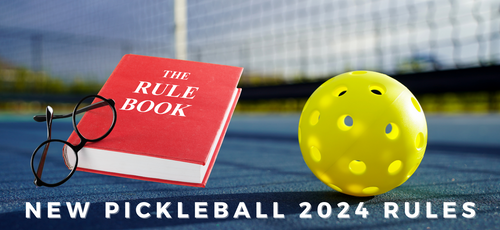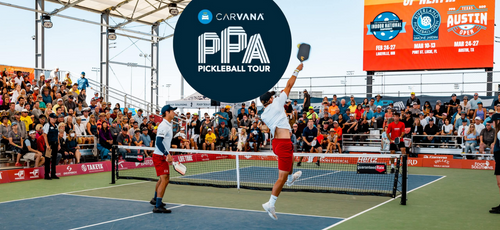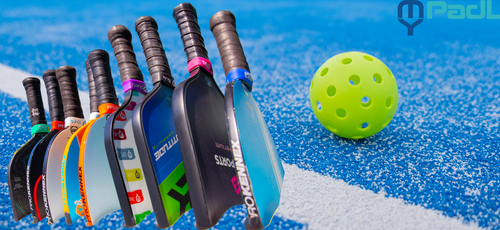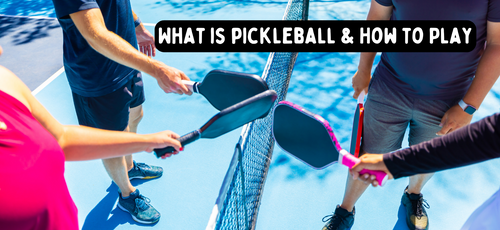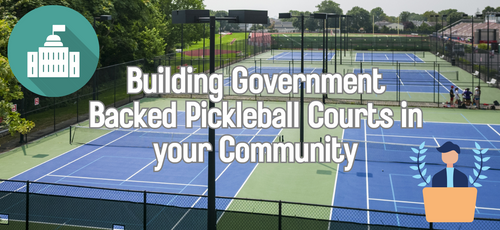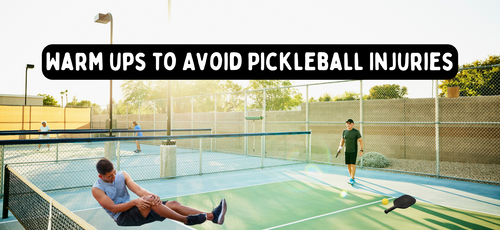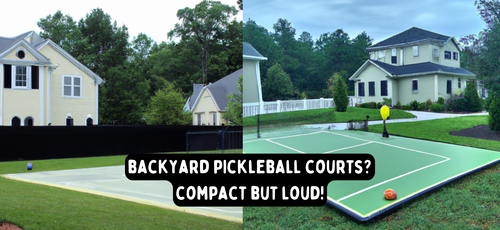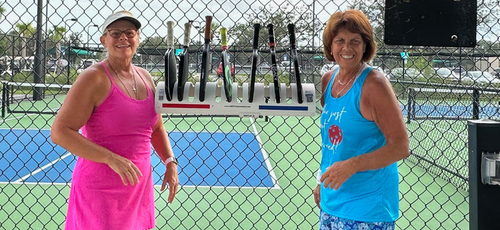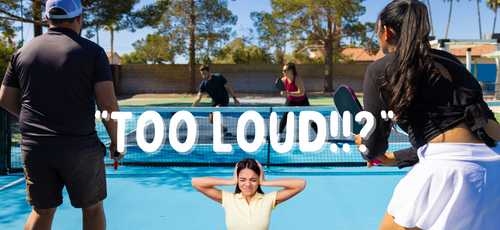Pickleball, a sport that combines elements of tennis, badminton, and ping-pong, has been rapidly growing in popularity. As players advance in skill, they often start incorporating more specialized techniques into their game. One such move is the "Erne," a dynamic and strategic shot that can catch opponents off guard. Let’s dive into what an Erne is, how it’s executed, and the rules surrounding this impressive play.
Understanding the Erne
The Erne is named after Erne Perry, a player known for popularizing this particular shot. Essentially, the Erne is a volley shot taken from the air, where the player jumps from outside the court to hit the ball before it bounces, ideally landing in the non-volley zone (also known as the kitchen).
Execution of the Erne
Executing an Erne requires agility and precise timing. Here’s a breakdown of how it’s typically done:
- Positioning: The player positions themselves near the non-volley zone line but steps outside the court, usually around the sideline.
- Anticipation and Timing: The player must anticipate the opponent’s shot and time their jump perfectly. The goal is to leap from outside the court, over the non-volley zone line (without touching it), and strike the ball in the air.
- Landing: After hitting the ball, the player must land inside the non-volley zone. It’s crucial that they do not touch the non-volley zone line or the court outside it during the execution of the shot until after they make contact with the ball.
The Rules
Understanding the rules surrounding the Erne is essential to ensure it’s a legal play:
- Non-Volley Zone: The key rule for an Erne involves the non-volley zone. Players are not allowed to take off from inside this zone or touch the line while executing the shot.
- Line Interaction: Players must not touch the non-volley zone line at any point during the jump until the ball is struck.
- Legal Play: As long as the player does not touch the non-volley zone or the line during the execution and their feet land in bounds after striking the ball, the Erne is considered a legal play.
Strategic Advantage
The Erne can be a game-changer in competitive play. Its advantages include:
- Surprise and Deception: This move can surprise an opponent, especially if used sparingly and unpredictably.
- Offensive Positioning: It allows the player to take a more aggressive stance and hit angles that might be harder to defend.
- Court Coverage: Executing an Erne effectively can help cover more of the court, particularly in doubles play.
Practice and Caution
While the Erne is an exciting addition to a player’s repertoire, it requires practice to master:
- Skill Level: It is recommended for more advanced players who have already developed good court sense and ball control.
- Safety: Due to the dynamic nature of the move, players should be cautious and ensure they are physically prepared to perform it without risking injury.
In conclusion, the Erne in pickleball is a testament to the sport’s evolving complexity and the creativity players bring into the game. As with any advanced technique, proper practice and understanding of the rules are crucial for effectively integrating the Erne into your gameplay. Whether you’re playing recreationally or competitively, mastering such techniques can enhance your enjoyment and effectiveness on the court.


